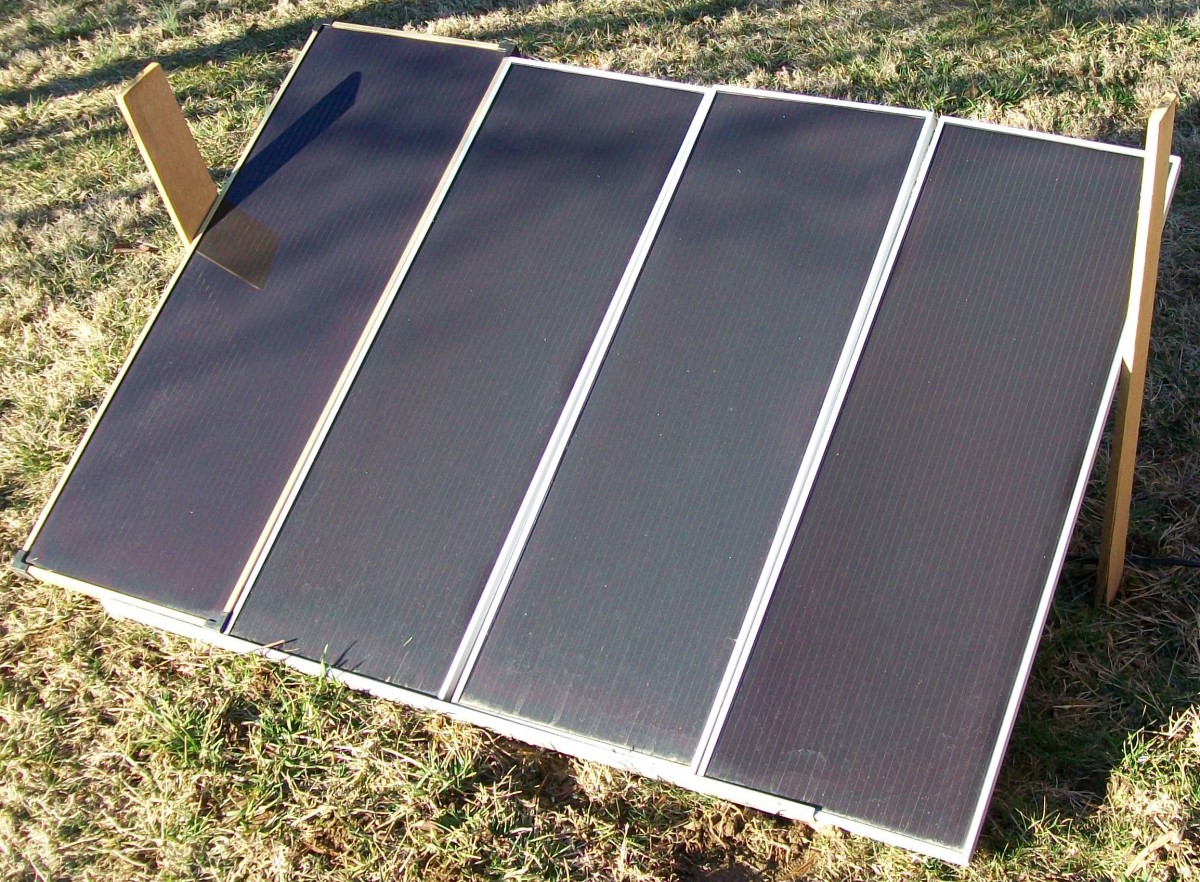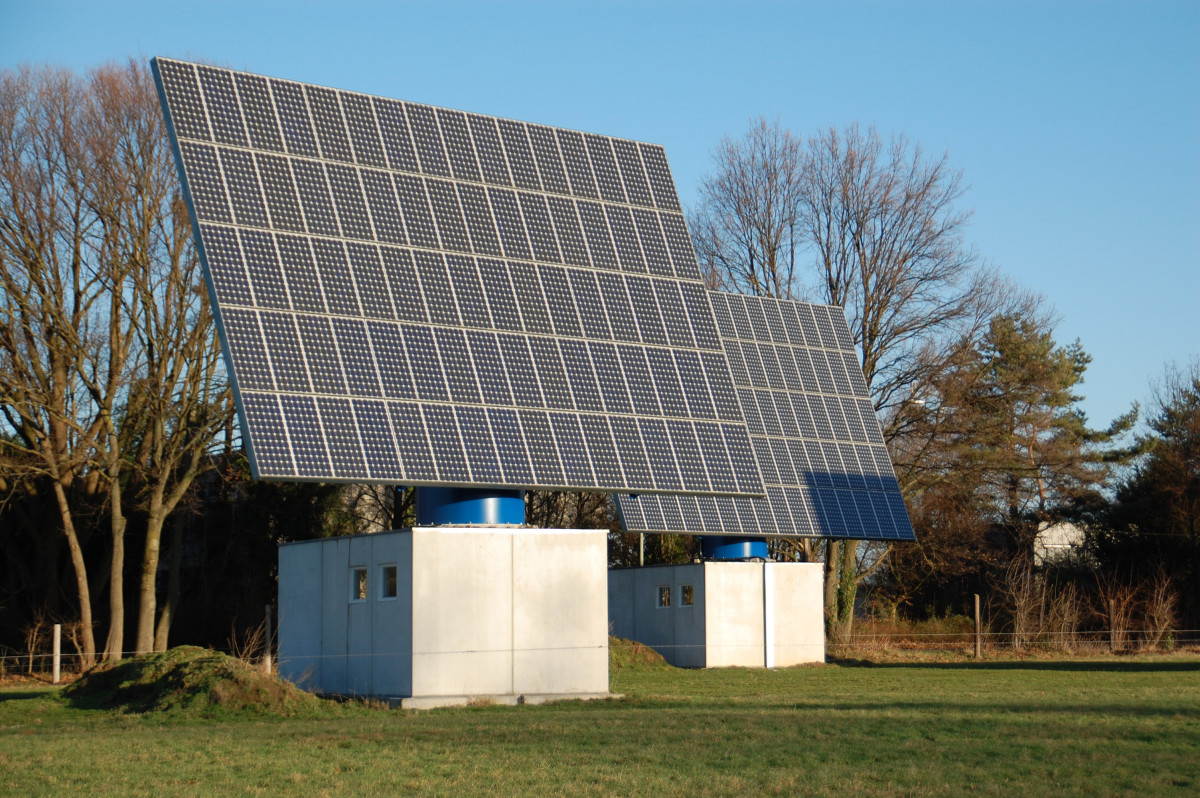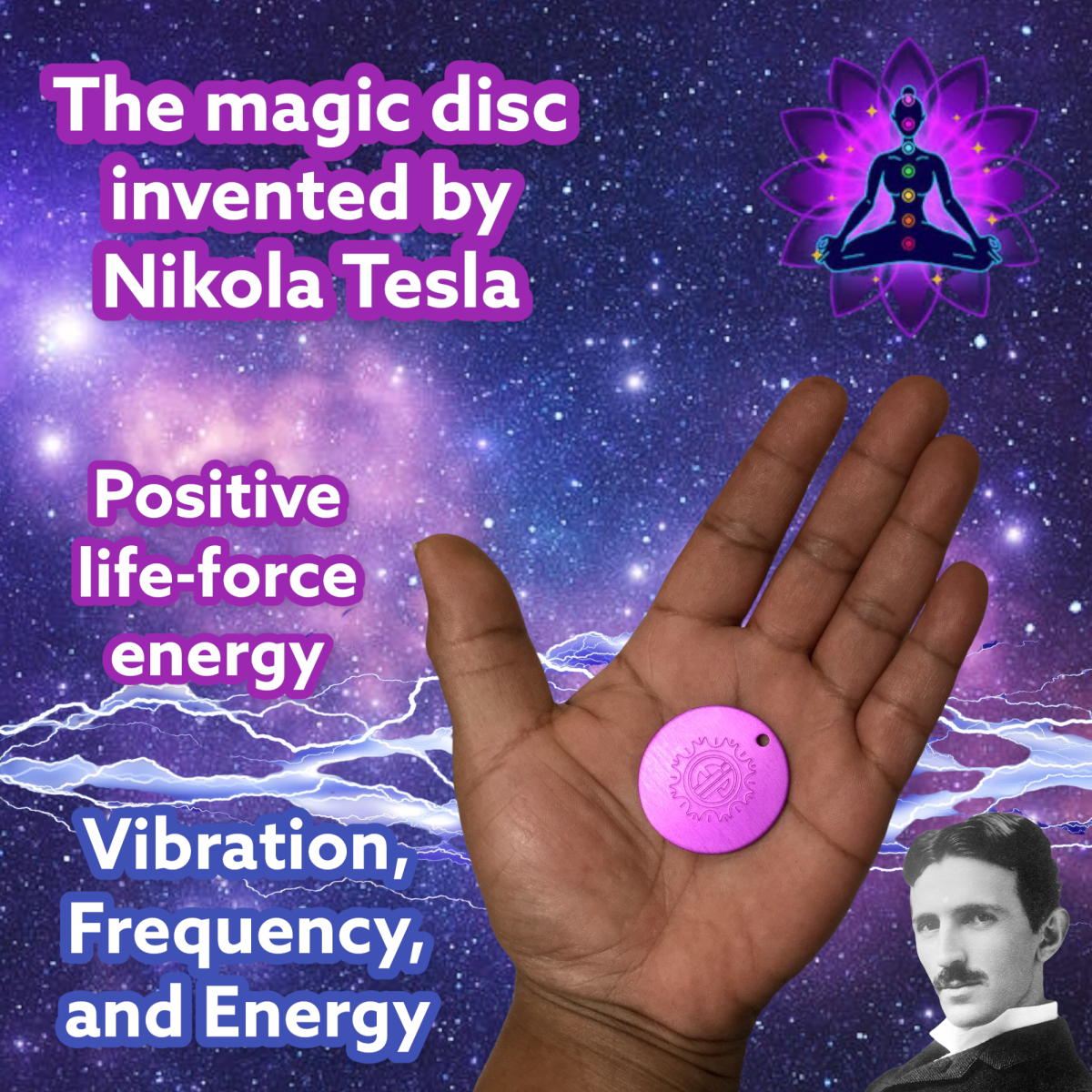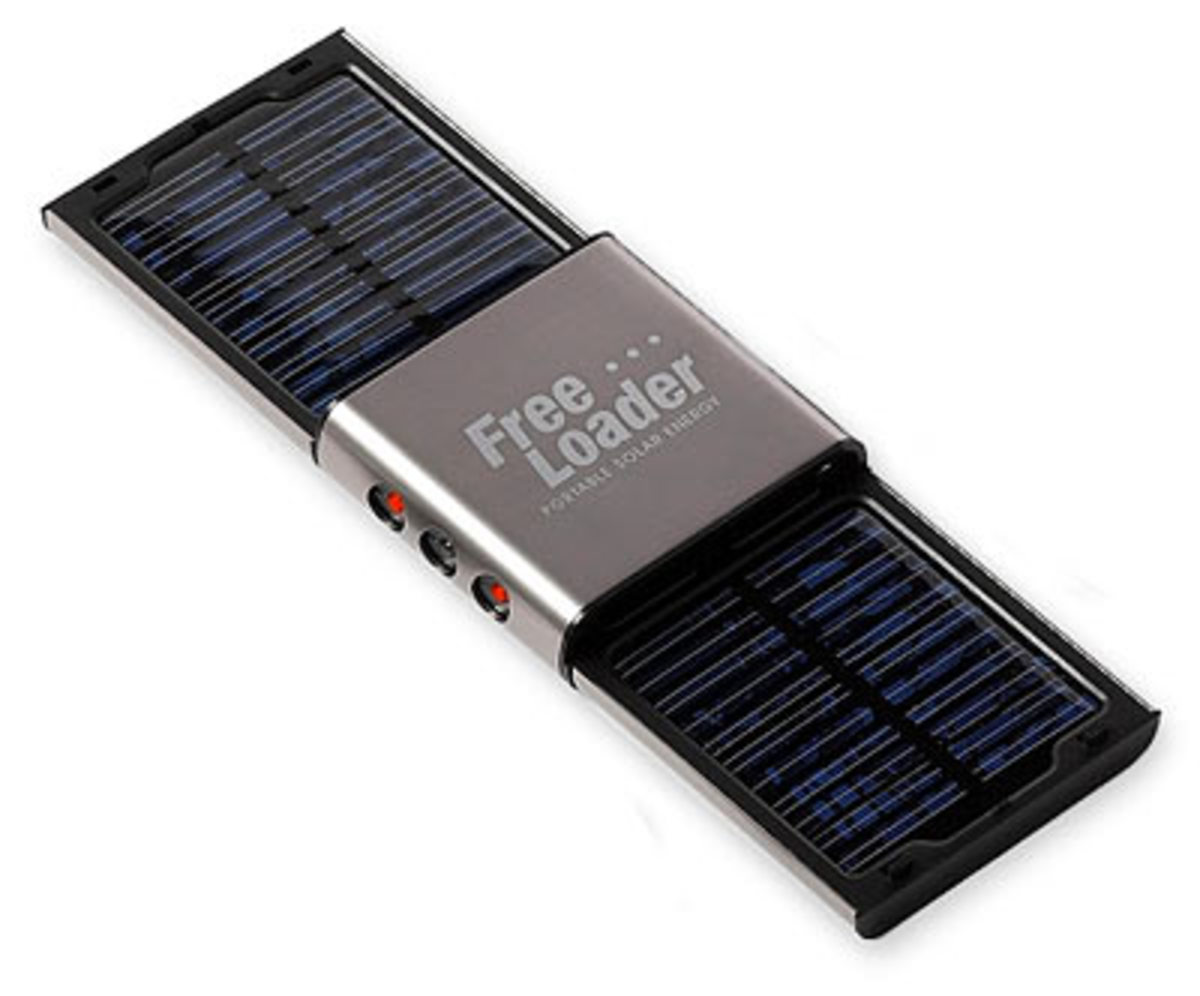How to Increase the Energy Produced by Solar Photovoltaic Systems
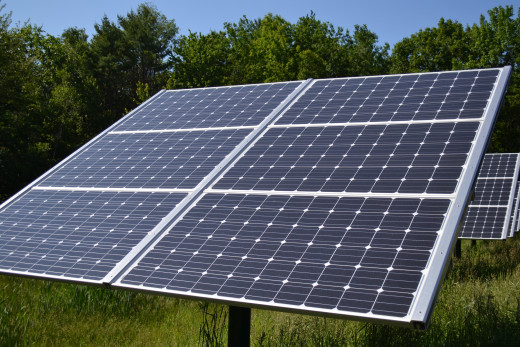
Solar photovoltaic panels have experienced a decrease in cost over the past decade, which has allowed the technology to gain a larger market share globally. Some governments have already created incentives such as tax breaks for homeowners who install a solar PV system.
Now it is possible to install residential PV systems for around $4,000 per kilowatt, and after deducting rebates and tax benefits this can drop below $3000/kW. In utility-scale solar farms, installed prices as low as $1,300 per kilowatt are being achieved, which is comparable to wind power.
If you plan to install a solar photovoltaic system, there are many factors you must consider in order to maximize the energy savings provided by your investment:
Consider the Available Space
It is possible to install roughly 160 watts of solar capacity per square meter of available space. You can get a general idea of the capacity you can install in your home by multiplying the available area by 160.
If you are limited in terms of space, consider using mono-crystalline solar modules, which may allow you to install as much as 200 watts of capacity per square meter.
Consider your Geographic Location
Solar irradiation varies according to location. If you install 2 kilowatts of solar capacity, it doesn't mean you will obtain 2 kilowatts all day long. That only happens when the solar panel is receiving maximum solar irradiation head-on, typically at noon.
For this reason, the same solar PV system will be more productive if you're located near the tropics than if you're located far to the north or to the south.
The NASA Atmospheric Science Data Center has a very interesting site where you can input your coordinates and browse through a series of meteorological tables, including the available solar irradiation when you install solar modules. This is the link:
https://eosweb.larc.nasa.gov/cgi-bin/sse/grid.cgi?email=skip@larc.nasa.gov
Consider Optimal Tilt Angle
The daily path of the sun in the sky changes according to season and geographic location. You can hire a qualified professional to calculate the optimal tilt angle and orientation that will maximize your solar output all year long. Alternatively, you can invest in a solar tracking system that automatically points the solar panels towards the sun all day long and obtain an increased energy output for the same installed capacity.
Solar panels will normally be oriented facing upward if you live near the equator. As you move to the north or south, the optimal tilt angle increases. At locations far to the north or south, where the sun is very low in the sky, solar PV panels will be installed almost vertically!
The NASA website linked above also allows you to determine the optimal tilt angle for a solar PV array, depending on your geographic location.
Consider the Surroundings
The shadows of natural or artificial objects can greatly reduce the energy output of solar panels. For example, it might not make much sense to purchase a PV system if you live in a big city surrounded by skyscrapers. That is, unless you live in a penthouse above one of them! Natural objects such as mountains and trees can also block a portion of the daily sunlight available in your location.
Keep Solar Modules Clean
Dirt can accumulate on the surface of solar PV modules, and when it happens the power output is gradually reduced. Businesses can take care of this by assigning the task of cleaning the PV system to qualified maintenance personnel, and owners of residential PV systems can normally hire cleaning services from the contractor that installed the system.
Summary
In short, a PV system provides maximum performance when:
- Installed in a sunny location with the proper orientation or, better yet, when equipped with solar tracking technology.
- There are no obstacles that can cast shadows over the PV array.
- The surface of the solar modules is kept clean.



